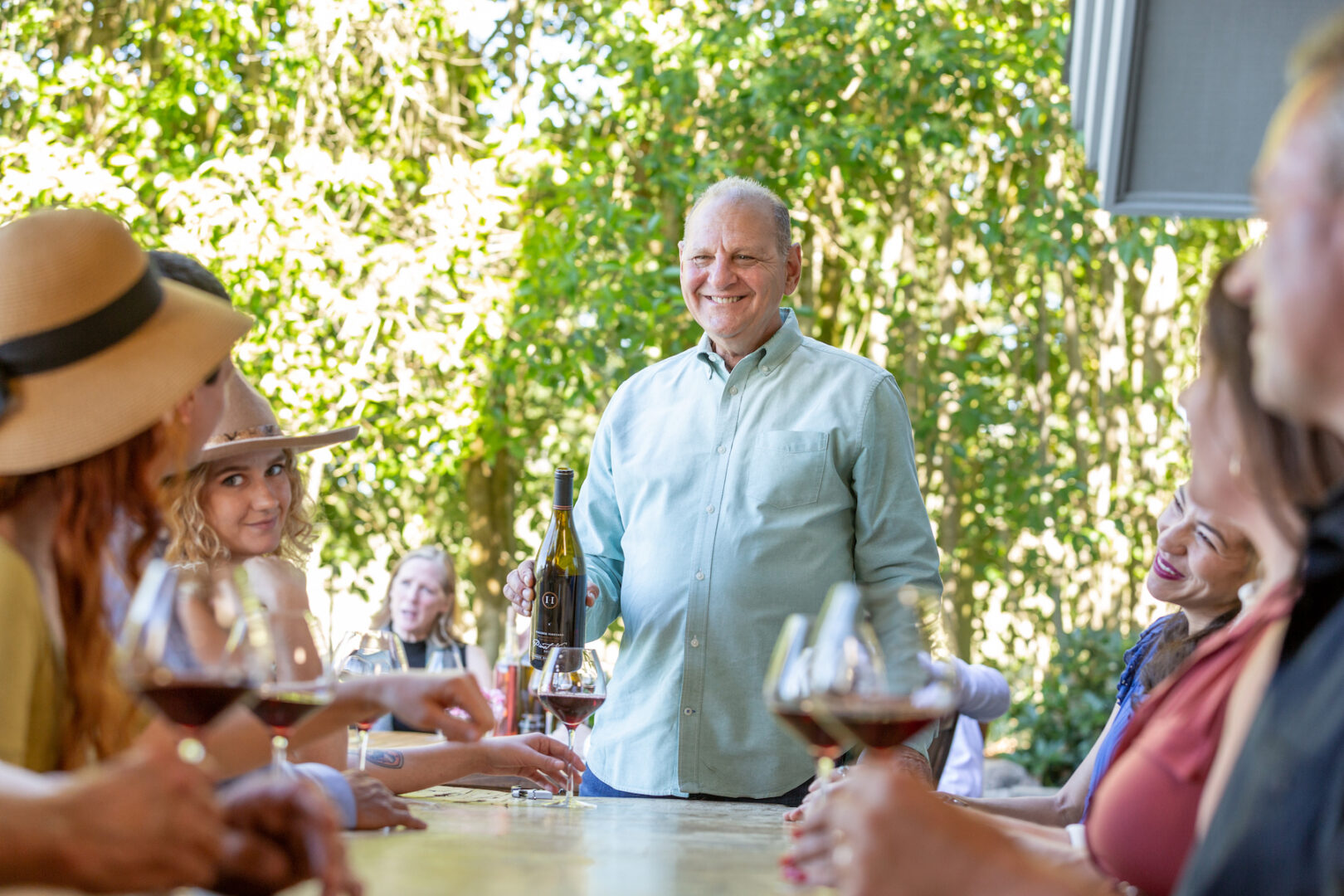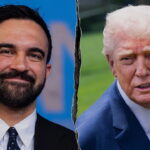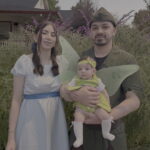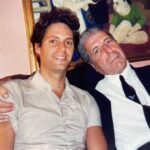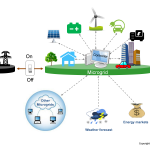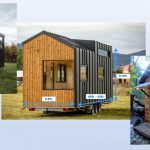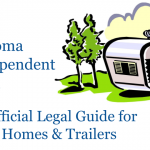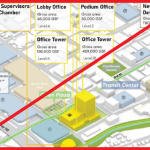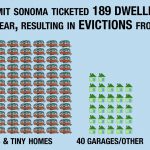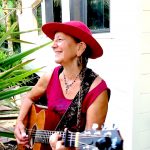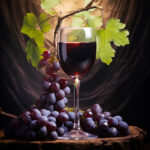These days, thousands of pilgrims are traveling to great lengths to explore the spiritual dimensions of plant medicines through ayahuasca, psilocybin, DMT, peyote, San Pedro, and others. For the past 20 years, I’ve traveled to Peru to participate in these ceremonial rituals. These experiences have broadened my understanding and appreciation of what it means to be connected to spirit. But despite the impetus to search for inner peace in faraway lands, I realized that the most ancient of all entheogens is also what’s most plentiful in Sonoma County.
I planted my vineyard almost on a whim—because it was cheaper than a lawn, and I thought maybe one day I could make wine and help put my kids through college. I had no idea what I was getting into.
Over the years, I’ve come to realize that while science is employed in winemaking, the magic isn’t something you can measure.
We like to tell ourselves that the morning fog in Sonoma is what makes Pinot Noir so special—that it lets the grapes hang longer and develop complexity. But then my Haas Vineyard, Sonoma Mountain Pinot Noir, grown in our unfoggy Sonoma Mountain vineyard, ends up being one of our highest-rated wines. It defies conventional wisdom. That’s because the greatness of wine—and the way it makes us feel—is mysterious. There’s something elusive and intangible about it, like a melody you can’t forget.
That mystery—what makes wine great, and why it moves us—led me down a deeper path. I started to wonder if wine’s power wasn’t just the juice in the bottle, but connected to something more ancient, more sacred. After all, this isn’t a new idea. Wine has been used for over 8,000 years as a bridge between worlds. Archaeological findings from the Republic of Georgia suggest that some of the earliest known winemaking was ceremonial. Across religious traditions—from Judaism’s Sabbath rituals to Dionysian rites in ancient Greece to the Eucharist in Christianity—wine wasn’t just consumed. It was consecrated.
Here in the Sonoma Valley, where the land gives so generously to the vine, the spiritual potential of wine is overlooked in favor of flavor notes and marketing copy. I gave a talk about Wine as Plant Medicine at TEDxSonomaCounty earlier this year.
A Different Kind of Tasting
Just over a year ago, I invited a small group of friends to my vineyard in Sebastopol for something I called a “Wine as Plant Medicine Ceremony.” Most assumed it would be just another elevated tasting experience — a flight with cheeses from the Valley Ford Creamery and a story or two about the winemaking process.
Instead, we sat in silence, highlighted by candles, in my living room overlooking the vineyard. Jens Jarvie, a ceremonial musician, employed over a dozen shamanic instruments and tools to guide us into deeper realms. We began with a chanted prayer, followed by synchronous breathing and the pouring of the first glass. Each guest held their wine mindfully before sipping, elevated to a heightened state of awareness to receive
During the next two hours, we each consumed two glasses of wine. There was no laughter or gratuitous chatter — just a deliberate presence that made space for vulnerability, honesty, and generosity. The experience was so moving that some cried. One guest said the wine tasted like a memory they had of being held by their deceased mother. He said he felt safe, loved, and completely present. Another compared it to communion, even though she wasn’t religious.
This was not about intoxication. It was about intimacy. Something subtle and sacred had taken place.
Context Is Everything
In modern culture, alcohol is sometimes demonized or treated as an indulgence. We toast to our conquests, drink to forget, and sometimes celebrate with excess. But wine, at least in its origins, wasn’t meant to be consumed unconsciously. In many ancient traditions, it was seen as a spiritual tool. And like any tool, its impact depends on how it’s used.
As a winemaker, I don’t believe wine has to be sacred to be meaningful. I enjoy a glass with food, with friends, or sometimes just to unwind on my deck. But I’ve also witnessed what happens when wine is approached with intention. In the right setting—with focus, music, and presence—wine has the potential to serve as a gateway to something deeper.
I’ve seen conversations achieve more honesty. I’ve seen strangers feel like kin. It’s not about the alcohol. It’s about the space we create around it. And while I’m not prescribing how wine should be used, I feel that we are rarely considerate of what it is capable of when we pay attention.
I’ve started thinking of wine not just as a drink, but also as plant medicine aligned with ancient traditions of plant medicine. Like a chant or a prayer. It can help us access what we already carry within.
Personal Transformation
These wine ceremonies have changed my relationship to my craft. When I first started making wine, I was captivated by the science and the artistry—brix at harvest, fermentation curves, barrel selections. But over time, I realized that none of those things explained why certain wines moved people. Or why, even in silence, a sip could feel like a revelation.
The more I participated in ceremonial settings—not just with wine, but with breathwork, yoga, sound healing, and meditation—the more I saw how wine could support presence. Not as the star of the show, but as an ally. A facilitator.
Now, when I walk the vineyard rows in the early morning, I think of the wines I make not just as varietals and vintages, but as invitations. I think of the grapes as storytellers, the soil as memory, the roots and the earth as a vessel for something much bigger than me.
I’ve started hosting small gatherings like these in my home more regularly. We journal, we breathe, we pour. And we listen to the wine, to the land, to each other.
Something to Remember
We live in noisy, divided times. The pace of life—even in West Sonoma County—can feel like a race with no finish line. We rush through meals, conversations, harvests, and even our joys. But the land here dances to a different rhythm. Slowing to align with that rhythm is what these wine ceremonies are about.
When we explore wine as an entheogen, we can let go of the ideas we have about when things should happen and become open to what is happening. To me, that is what it means to align with spirit. With harvest and dormancy. With light and dark. With presence and absence. With what is, and what isn’t.
We need more spaces for awe. We need rituals that reconnect us to the mystery of being alive. We need each other. And sometimes, all of that can begin with a simple glass of wine, in silence, with reverence and care.
Wine, in its oldest form, was not about indulgence. It was about communion. Maybe, here in Sonoma County, it still can be.
Ross Halleck is the owner and winemaker at Halleck Vineyard 3785 Burnside Rd, Sebastopol, CA 95472 in West Sonoma County. The Halleck Vineyard Tasting Room is the only Sonoma winery with more than 500 reviews and a perfect 5-star rating.


